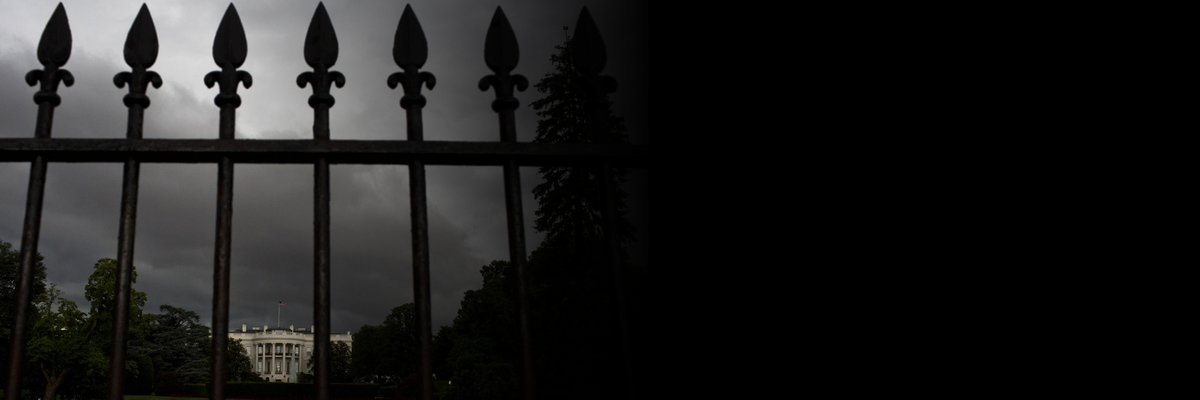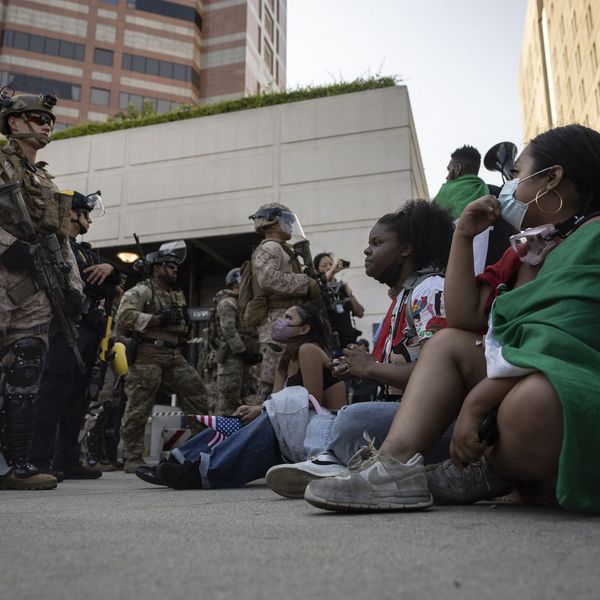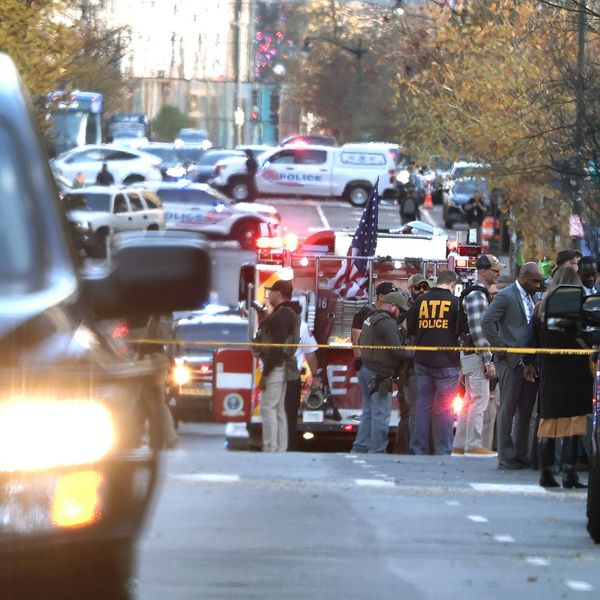Backing a militarized police force with civilian soldiers makes a mockery of the right to protest
On August 16, Missouri Governor Jay Nixon called National Guard troops into Ferguson to "ensure the safety and welfare of the citizens." This call came amid international debate over the militarized police response to protests that were sparked by the police killing of unarmed teenager Michael Brown. Commentators have questioned why, on top of heavily armed riot teams, the governor needs the National Guard?
Rarely deployed to deal with civilian unrest, in most instances National Guard troops lay sandbags and hand out bottles of water. But as troops turned up in Ferguson on Monday clad in military fatigues and equipped with rifles, they aroused memories of America's past.
In Ferguson these civilian soldiers were clearly not there to just hand out water. As Monday night's images of excessive force showed, the National Guard was called in to protect the police, not the people. Through wafts of tear gas, with guns ready, these troops provided military backup to an already militarized police force. For many, this is like rubbing salt in a community's wounds. And as a closer look at the history of National Guard deployments makes clear -- from Kent State to the Los Angeles riots -- its presence often serves to justify police violence.
Read the full article at Al-Jazeera America.
© 2023 Al-Jazeera English
Anna FeigenbaumAnna Feigenbaum is a lecturer in media and politics at Bournemouth University. She is a co-author of "Protest Camps" (Zed 2013) and the author of the forthcoming "Tear Gas: The Making of a Peaceful Poison" (Verso 2015).Follow her on Twitter: @drfigtree.
On August 16, Missouri Governor Jay Nixon called National Guard troops into Ferguson to "ensure the safety and welfare of the citizens." This call came amid international debate over the militarized police response to protests that were sparked by the police killing of unarmed teenager Michael Brown. Commentators have questioned why, on top of heavily armed riot teams, the governor needs the National Guard?
Rarely deployed to deal with civilian unrest, in most instances National Guard troops lay sandbags and hand out bottles of water. But as troops turned up in Ferguson on Monday clad in military fatigues and equipped with rifles, they aroused memories of America's past.
In Ferguson these civilian soldiers were clearly not there to just hand out water. As Monday night's images of excessive force showed, the National Guard was called in to protect the police, not the people. Through wafts of tear gas, with guns ready, these troops provided military backup to an already militarized police force. For many, this is like rubbing salt in a community's wounds. And as a closer look at the history of National Guard deployments makes clear -- from Kent State to the Los Angeles riots -- its presence often serves to justify police violence.
Read the full article at Al-Jazeera America.


